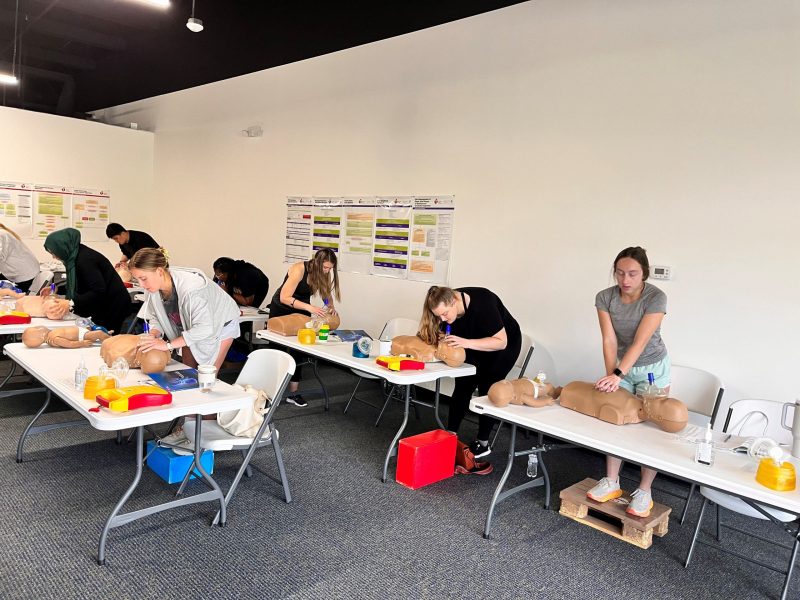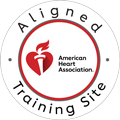In critical moments when a patient suffers cardiac arrest, a structured and knowledgeable response can be life-saving. Advanced Cardiovascular Life Support (ACLS) provides healthcare providers with the tools and protocols needed to manage these high-stakes emergencies. Among the most vital components of ACLS is the identification of reversible causes of cardiac arrest, commonly referred to as the Hs and Ts. These causes can often be corrected if discovered in time, significantly increasing the chances of a successful resuscitation. This article explores the Hs and Ts of ACLS in detail, providing a deeper understanding of their role, identification, and treatment during emergency cardiac care.

Understanding ACLS and Cardiac Arrest Management
ACLS is a standardized set of clinical interventions and decision-making processes designed to treat individuals experiencing life-threatening cardiovascular emergencies. These protocols go beyond Basic Life Support (BLS), integrating advanced airway management, medication administration, and cardiac monitoring. Central to effective ACLS is the rapid identification and treatment of the underlying cause of cardiac arrest. While chest compressions and defibrillation are essential, they may not restore spontaneous circulation unless the reversible causes, represented by the Hs and Ts, are also addressed. Recognizing these conditions allows providers to tailor treatment, improving outcomes and enhancing the overall success of resuscitation efforts.
The H’s of ACLS – Six Critical Reversible Causes
ACLS protocols highlight six reversible causes of cardiac arrest known as the Hs. These include:
- Hypovolemia: Low blood volume, often due to bleeding or dehydration, reduces preload and cardiac output. Symptoms include rapid heart rate, low blood pressure, and flat neck veins. Treatment involves fluid resuscitation.
- Hypoxia: Lack of oxygen can cause irreversible damage. Causes include airway obstruction, respiratory failure, or inadequate ventilation. Management focuses on ensuring airway patency and delivering supplemental oxygen.
- Hydrogen ion (acidosis): Metabolic acidosis, often from shock or respiratory arrest, depresses myocardial function. Diagnosed by arterial blood gas analysis, treatment may include ventilation and bicarbonate.
- Hyperkalemia and Hypokalemia: Abnormal potassium levels dramatically affect heart rhythm. Management involves medications such as calcium gluconate, insulin with glucose, or potassium replacement.
- Hypothermia: Low body temperature slows metabolism and can cause bradycardia, ventricular fibrillation, and asystole. Rewarming techniques are crucial.
- Hypoglycemia: Low blood sugar can affect neurological and cardiac function. Blood glucose should be checked, and dextrose administered if confirmed.
Additionally, five more reversible causes, the Ts, are critical to address:
The Ts of ACLS – Five Additional Reversible Causes
- Toxins: Overdoses can depress the central nervous system. Antidotes should be given, and poison control consulted.
- Tamponade: Fluid in the pericardial sac compresses the heart. Pericardiocentesis may be necessary.
- Tension pneumothorax: Trapped air collapses a lung and shifts the mediastinum. Needle decompression followed by chest tube placement is required.
- Thrombosis (coronary): Myocardial infarction requires early reperfusion therapy.
- Thrombosis (pulmonary): Pulmonary embolism obstructs blood flow. Thrombolytics may be considered.
Systematic Assessment During ACLS
A systematic assessment of these Hs and Ts is vital in ACLS, along with team communication and documentation. Real-world examples show the importance of rapid, informed decisions and teamwork. Pitfalls, like focusing solely on rhythm management, can be avoided with disciplined assessment and training. ACLS certification courses, such as those at CPR Classes Tampa, emphasize these elements through simulations and hands-on practice.
Post-event debriefings are essential for improving protocols. Staying current with research ensures best practices are followed. Understanding and treating the Hs and Ts is crucial for healthcare providers involved in resuscitation. Proper training, certification, and ongoing education enhance the delivery of critical care. CPR Classes Tampa, an official American Heart Association training site, offers courses like BLS, ACLS, PALS, and CPR and First Aid, aimed at building confidence and competence in saving lives.
Call Us Now
Get the Best CPR Class in Tampa Today!
Case Studies and Practical Applications
Real-world cases offer valuable insight into how the Hs and Ts apply in practice. For example, a trauma patient experiencing pulseless electrical activity (PEA) may be suffering from hypovolemia due to internal bleeding, while a dialysis patient with bradycardia and wide QRS complexes might have hyperkalemia. These examples highlight the need for rapid, informed decision-making and teamwork. Common pitfalls include tunnel vision on rhythm management while ignoring possible underlying causes—something avoidable with disciplined assessment and training.
Training and Competency Development
ACLS certification courses, such as those offered at CPR Classes Tampa, focus heavily on identifying and treating the Hs and Ts. Through simulation-based scenarios and hands-on practice, providers develop the confidence and competence to act decisively. Continued education, including regular skills refreshers and team-based training, ensures that providers remain ready to deliver high-quality care under pressure.
Quality Improvement and Outcomes
Post-event debriefings and reviews are critical in evaluating the effectiveness of applying the Hs and Ts. These discussions promote learning, improve protocols, and inform system-wide improvements. As more research becomes available, updates to ACLS guidelines reflect evolving best practices. Staying current with the latest evidence is part of delivering the best possible patient outcomes.
Conclusion
Understanding the Hs and Ts of ACLS is essential for any healthcare provider involved in resuscitation efforts. These reversible causes represent opportunities to save lives when they are recognized and treated promptly. A systematic, team-based approach ensures no possibility is missed. Proper training, certification, and ongoing education make all the difference in critical care.
About CPR Classes Tampa
CPR Classes Tampa is proud to serve the Tampa Bay area as an official American Heart Association training site. We offer a full range of certification courses, including BLS, ACLS, PALS, and CPR and First Aid. Our stress-free, hands-on classes are designed for all levels of learners, from first-timers to seasoned professionals. To learn more or schedule a class, visit our website or contact our team today. At CPR Classes Tampa, we’re committed to helping you save lives with confidence and competence.


